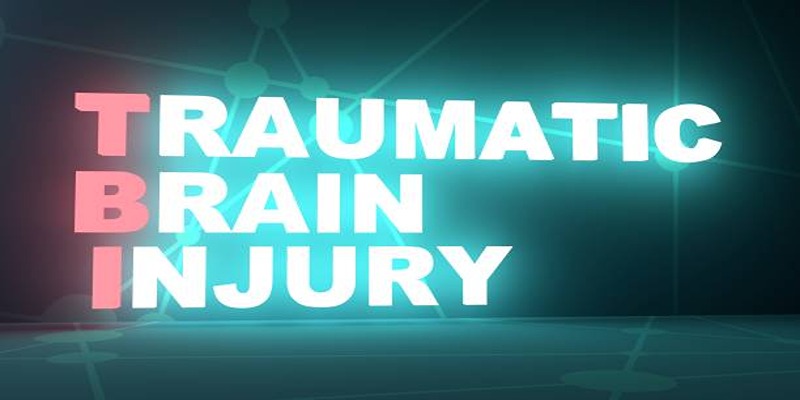Migraines are often associated with intense headaches, but their symptoms can extend far beyond head pain. Many people experience surprising and lesser-known signs that indicate a migraine attack is imminent. Understanding these hidden clues, from vision disturbances to digestive issues, can help identify and manage migraines more effectively before they escalate.
1. Visual Disturbances (Aura Without Headache)

There are migraine patients who develop visual disturbance known as aura without headache. They are flashing lights, zigzag lines, blind spots or shimmering patterns usually lasting between 20 to 60 minutes. Aura serves as a warning that a migraine attack is taking place although the head pain may never come. It may be confused with eye problems or neurological ones, so it is significant to diagnose it correctly.
2. Unexplained Fatigue or Low Energy
Fatigue, depression, or just an overall feeling of being exhausted may be experienced before or after a migraine attack. This exhaustion may be disabling and may drag on hours or even days. Because it does not go together with a headache, many individuals do not associate it with a migraine. This period is called a prodrome or postdrome phase and can have a serious impact on everyday performance and concentration.
3. Digestive Issues and Nausea
Digestive disturbances, such as nausea, vomiting, bloating, or stomach cramps which may happen at any phase of a migraine attack, are commonly related to migraines. It is possible that these symptoms can be confused with gastrointestinal disorders, and it can become more difficult to determine the real cause.
These digestive problems can even precede the head pain in some people, with some being unaware that this is a small-known sign of an upcoming migraine. Recognizing this relationship between migraines and digestive symptoms is significant to proper diagnosis and adequate treatment of the two problems.
4. Sensitivity to Light, Sound, or Smells
Most individuals who have migraines become very sensitive to light (photophobia), noise (phonophobia), and even smell. These sensitivities might be extreme to the level that typical surroundings become overpowering. Notably, it may occur even without head pain, which makes it convenient to confuse the manifestations with sensory disorders or anxiety.
5. Neck Stiffness or Pain
Neck discomfort, stiffness, or soreness is a common but overlooked symptom that may occur before or during a migraine. It can be mistaken for muscle strain, poor posture, or tension. However, research suggests that the neck and upper back muscles may be involved in triggering migraines or can be affected as part of the body’s response to a migraine episode.
6. Mood Changes or Irritability
Sudden mood swings, irritability, anxiety, or feelings of sadness can be warning signs of an impending migraine. These emotional changes may appear during the prodrome stage and can occur up to 48 hours before other symptoms develop. Because mood changes are not typically associated with physical pain, they are often overlooked as part of the migraine spectrum.
7. Difficulty Speaking or Confusion
One of the more unsettling symptoms that can occur during a migraine episode is difficulty with speech or sudden confusion.
- Struggling to find the right words (also known as word-finding difficulty)
- Speaking in incomplete or jumbled sentences
- Temporary slurring of words
- Forgetting common names or phrases
- Feeling mentally "foggy" or disoriented
These symptoms are typically associated with what is known as a migraine with aura, but they can also appear during the migraine’s onset or peak phases. The underlying cause is believed to be temporary disruptions in electrical activity or blood flow in specific areas of the brain that control language and cognition.
Therefore, it is essential to seek immediate medical evaluation if:
- Speech difficulties are sudden and severe
- There is accompanying facial drooping or limb weakness
- The symptoms last longer than one hour
8. Frequent Yawning
Yawning is often linked to tiredness or boredom, but in the context of migraines, it can be a surprisingly early warning sign. Many migraine sufferers report frequent yawning in the hours or even a day before a migraine attack begins.
This type of yawning is considered part of the prodrome phase—the earliest stage of a migraine—and is believed to result from changes in the hypothalamus, a region of the brain that regulates many functions, including sleep, appetite, and alertness.
Key features of migraine-related yawning include:
- Yawning that occurs every few minutes without feeling sleepy
- A sense of mental fatigue that accompanies the yawning
9. Tingling or Numbness
Tingling sensations (also called paresthesia) or numbness are symptoms that can occur during the aura stage of a migraine, sometimes even in the absence of a headache. These sensations typically affect one side of the body and can include:
- Tingling in the fingers, hand, or arm
- Numbness on one side of the face
- A crawling or prickling feeling in the legs or feet
- Gradual spreading of tingling from one part of the body to another
These sensations often develop gradually and may last from 10 minutes to an hour. They are caused by temporary disturbances in brain function, specifically, changes in nerve signaling or blood flow that are characteristic of migraine aura.
It’s important to distinguish migraine-related tingling from other causes, such as:
- Nerve compression (e.g., from poor posture or repetitive strain)
- Conditions like carpal tunnel syndrome
- More serious neurological disorders
10. Food Cravings or Appetite Changes

Many people do not realize that sudden changes in appetite or specific food cravings can be early indicators of an impending migraine. These cravings usually occur during the prodrome phase, well before any head pain starts.
Common cravings include:
- Sweet foods like chocolate, pastries, or candy
- Salty snacks such as chips or crackers
- Carbohydrate-rich items like bread or pasta
Some individuals might instead experience a sharp drop in appetite or feel mildly nauseous, avoiding food altogether.
These cravings are thought to be linked to fluctuating levels of neurotransmitters like dopamine and serotonin, which play a role in both mood and hunger regulation. Interestingly, satisfying these cravings may sometimes help prevent the migraine from progressing—or, conversely, might inadvertently trigger the headache phase depending on the individual’s food sensitivities.
To better understand your body’s patterns, consider keeping a migraine diary that includes:
- Foods or drinks consumed before a migraine
- Cravings or appetite changes noted
- Timing of symptoms relative to meals
Conclusion:
Migraines are complex neurological events that involve far more than just head pain. The symptoms listed above demonstrate how widespread and subtle the effects of a migraine can be. Because these signs are not commonly associated with migraine attacks, they are often misdiagnosed or misunderstood by both patients and healthcare professionals. Recognizing these symptoms early can lead to faster treatment and better management.












